RTX 3060 Mobile GPUs Adapted Into Desktop Cards to Bypass Nvidia's Anti-Mining Limiter
A Weibo user (via cnBeta) has shown some rather exciting custom GeForce RTX 3060 graphics cards on Goofish, a popular platform in China for selling second-hand items. The graphics cards reportedly use recycled GeForce RTX 3060 Mobile dies to sidestep Nvidia's Ethereum anti-mining limiter.
Surprisingly, Nvidia's Light Hash Rate (LHR) cryptocurrency mining limiter has held up pretty well since its introduction. There have been multiple efforts to break Nvidia's GeForce RTX 30-series (Ampere) LHR models. We've seen software enabled to restore up to 70% of the mining performance on LHR graphics cards and other alternatives to mine two cryptocurrencies simultaneously to maximize performance. More recently, a piece of software claimed to have broken Nvidia's LHR algorithm, but it turned out to be malware instead. However, these custom GeForce RTX 3060 graphics cards from China appear to be the real deal.
While the origin of the GeForce RTX 3060 graphics cards is unknown, it would seem that a company essentially took the GA106 dies that are supposed to go into laptops and turned them into desktop graphics cards. The bypass sounds so easy that it surprises us that no one has thought of it until now. Chipmakers do it all the time. AMD's latest Radeon RX 6500 XT uses the Navi 24 silicon, a die originally designed for mobile devices.
Repurposing mobile dies into a desktop graphics card is not something that an average consumer can accomplish from his garage, so we suspect it has been a graphics card maker injecting the mysterious GeForce RTX 3060 models into the Chinese market.
The quality of the graphics cards appears quite good--at a glance, you may not be able to tell the difference between these graphics cards and those from a known brand like Asus or Gigabyte. The 3060 cards come with a black, dual-slot shroud with a cooling system consisting of two copper heat pipes and dual-fan cooling. The card provides one HDMI port for connecting displays. It even has a matching backplate and Nvidia stickers on the fans. However, if you look closely, the coloring on the Nvidia logo has a more yellow tone to it than the green that Nvidia uses. This yellowish Nvidia logo appears on fake Nvidia graphics cards, labeled as 黄伟达 (Huang Weida) in China.

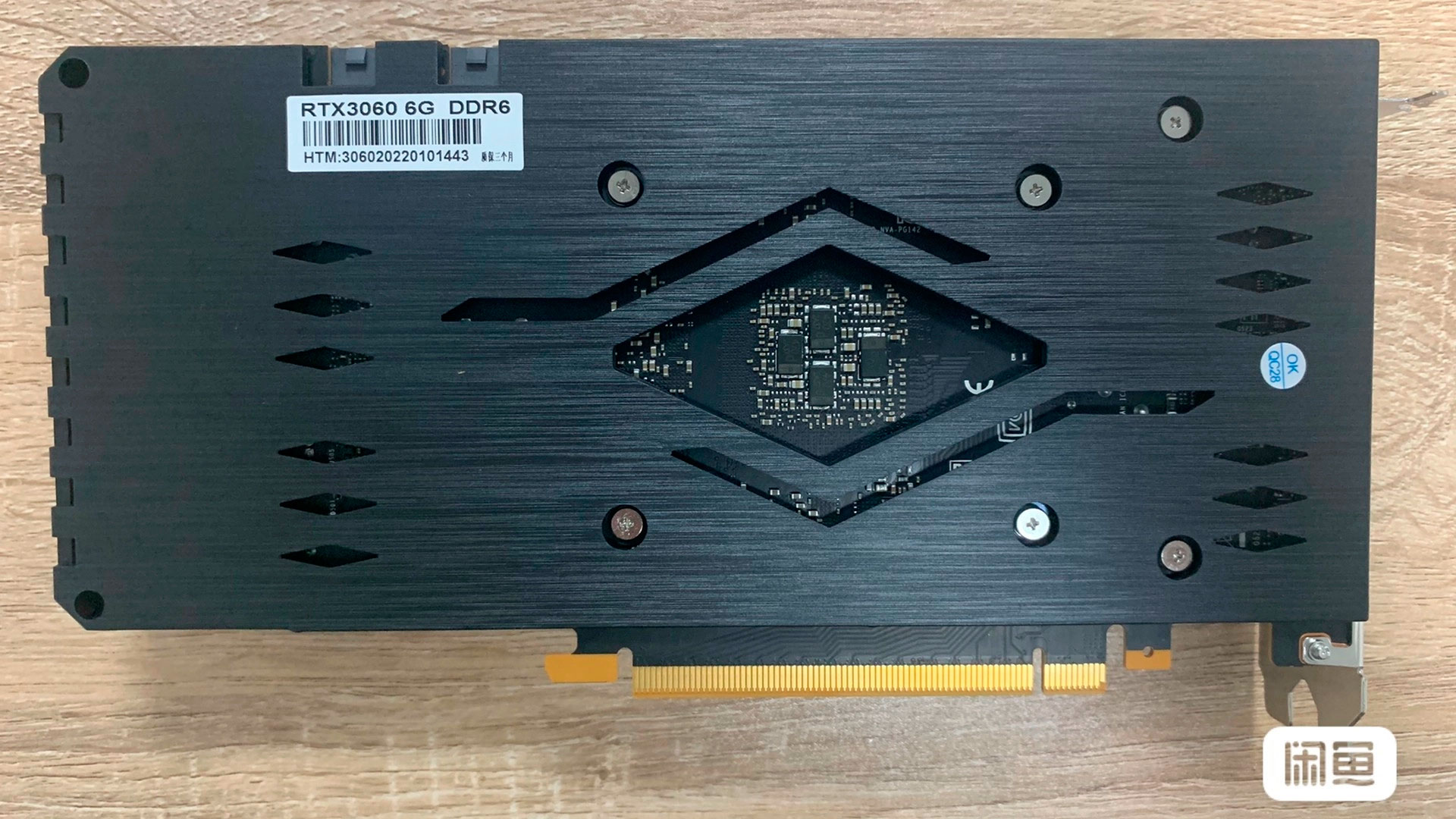
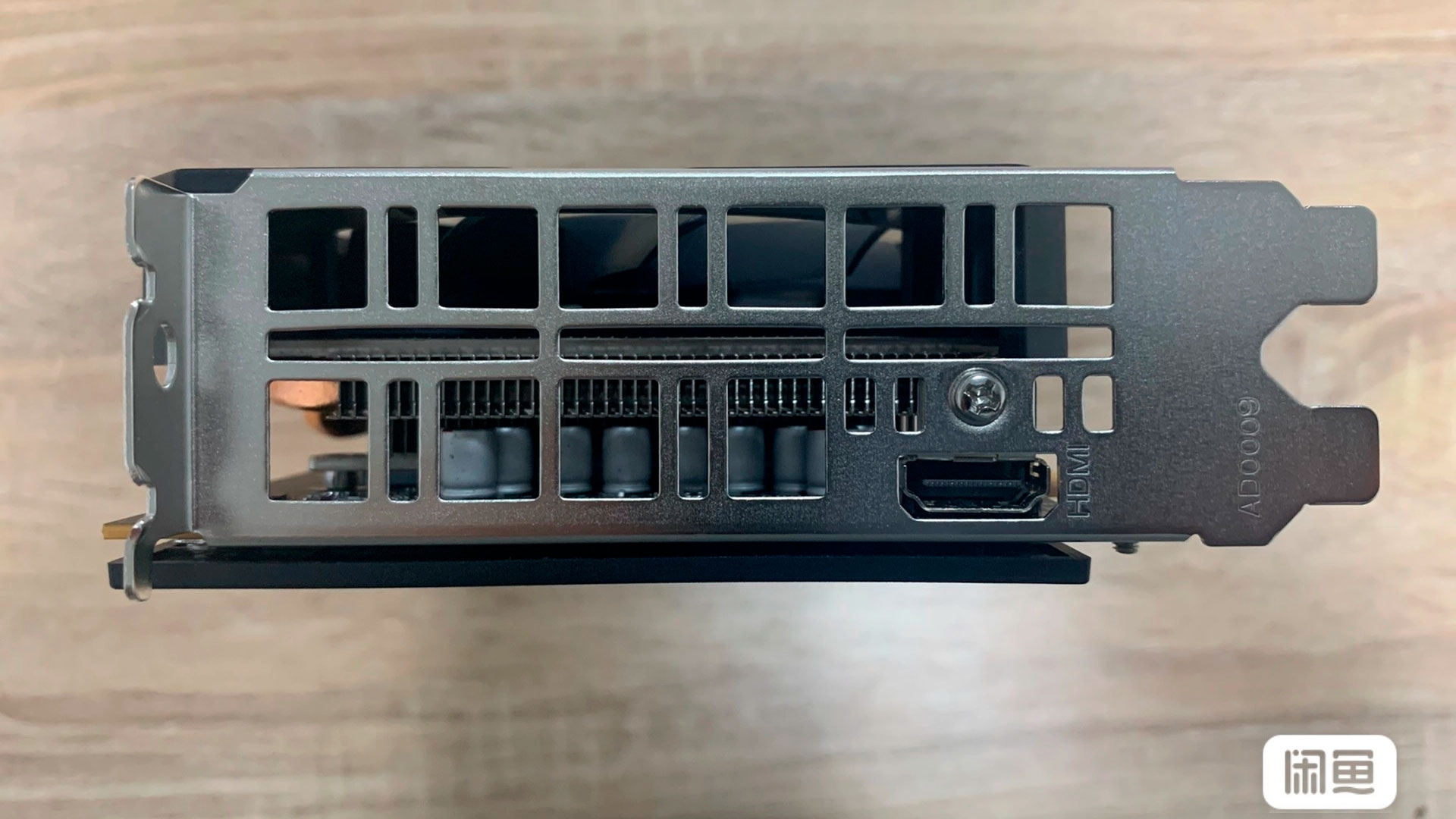
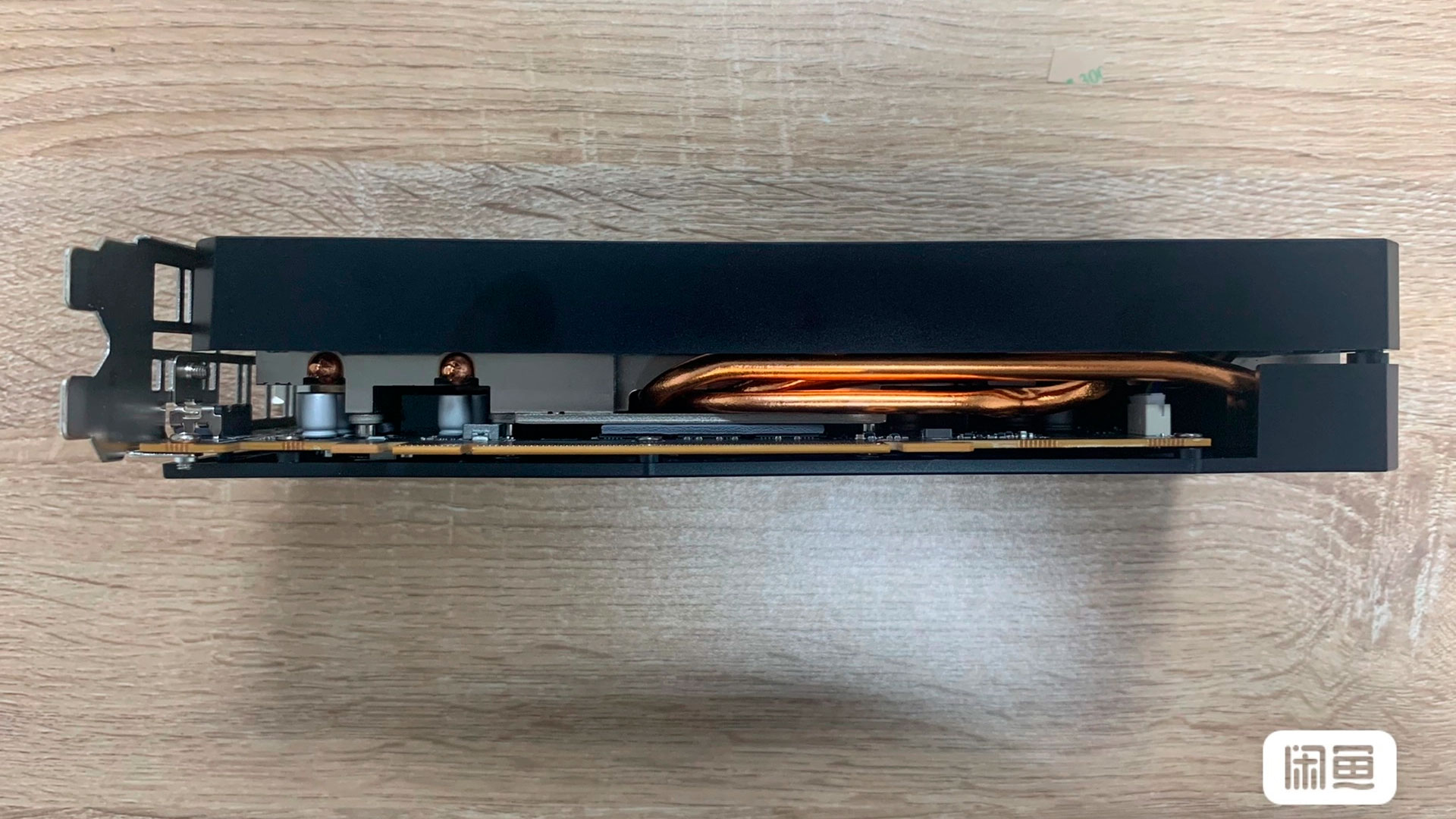
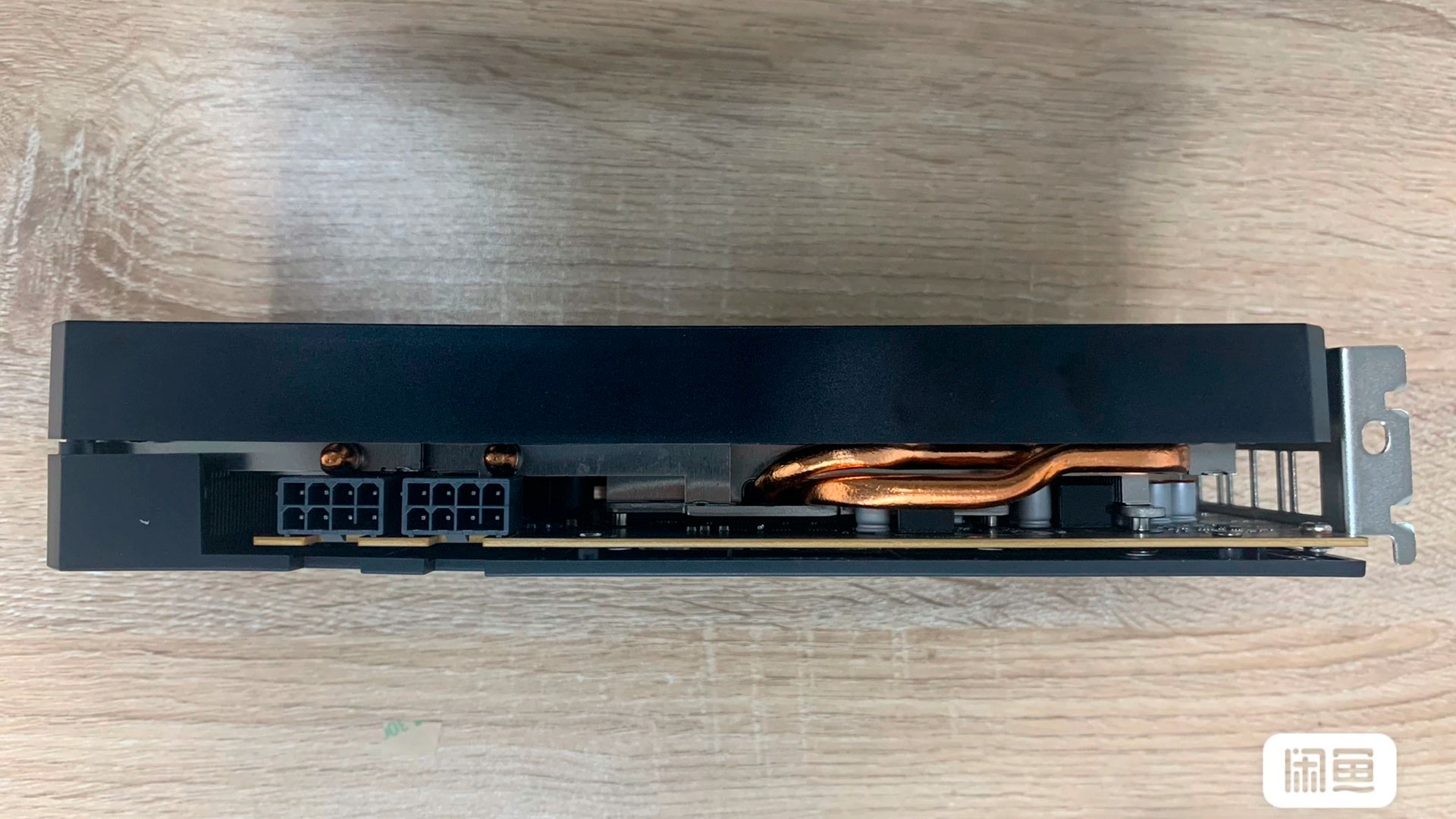
The GeForce RTX 3060 Mobile uses a variant of the GA106 silicon that has 30 enabled stream multiprocessors (SMs), whereas the desktop variant has 28 SMs. In addition, it bumps the mobile variant's CUDA core count to 3,840, 7.1% more than the desktop variant. However, the big difference is that the desktop version has twice as much memory (12GB of GDDR6) as the mobile variant (6GB of GDDR6). The other specifications of the mobile card carry over to the custom GeForce RTX 3060 graphics cards.
The Chinese seller shared screenshots of the custom GeForce RTX 3060 hitting a hash rate up to 50 MH/s, which is impressive as it matches the original GeForce RTX 3060's Ethereum mining performance before Nvidia's anti-mining crackdown. For reference, the GeForce RTX 3060 LHR tops out at 34 MH/s. The merchant even had nine of these bad boys side-by-side in a system, collectively pumping out 246.8 MH/s and pulling around 910.7W from the wall socket.
Get Tom's Hardware's best news and in-depth reviews, straight to your inbox.

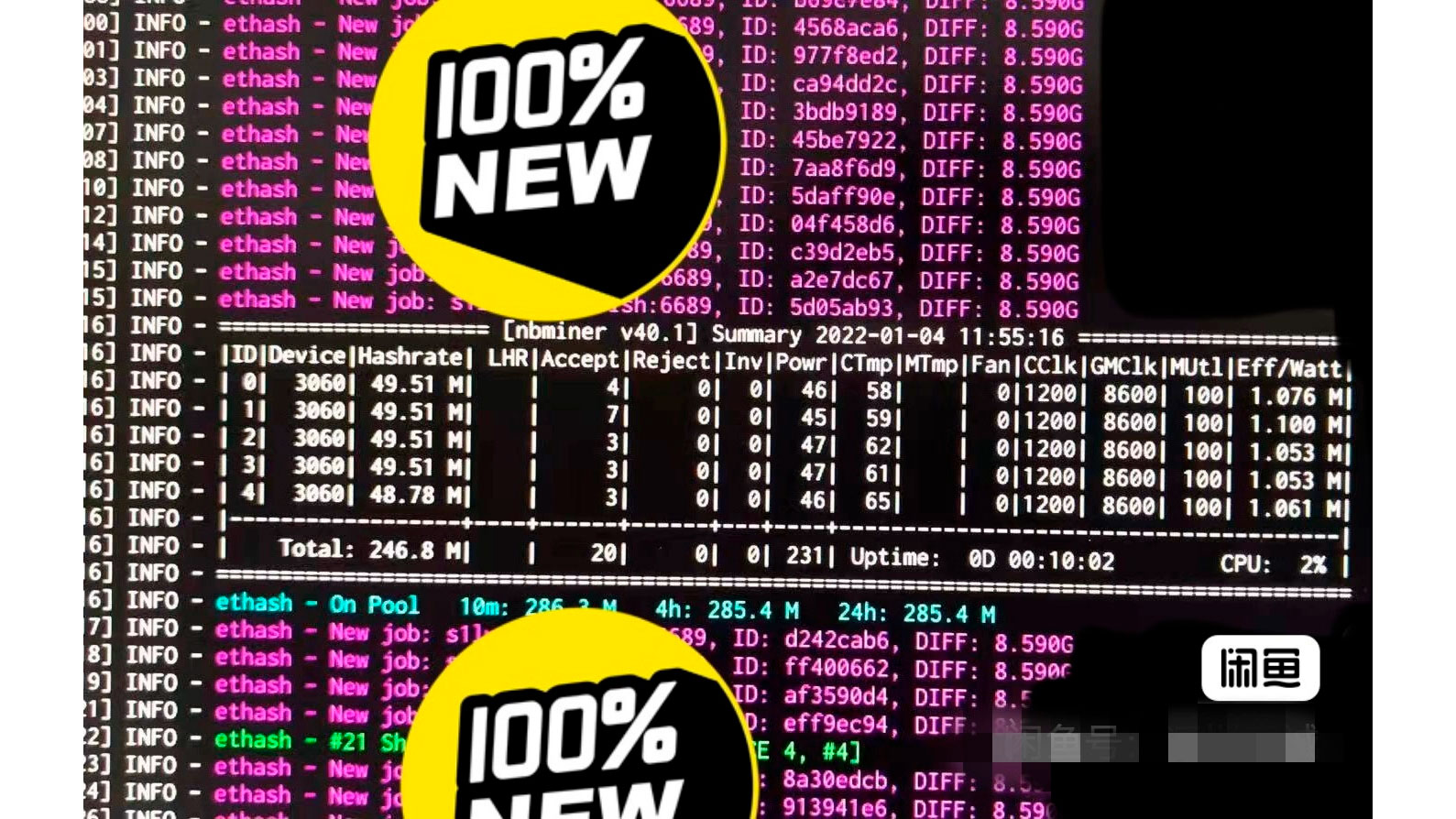
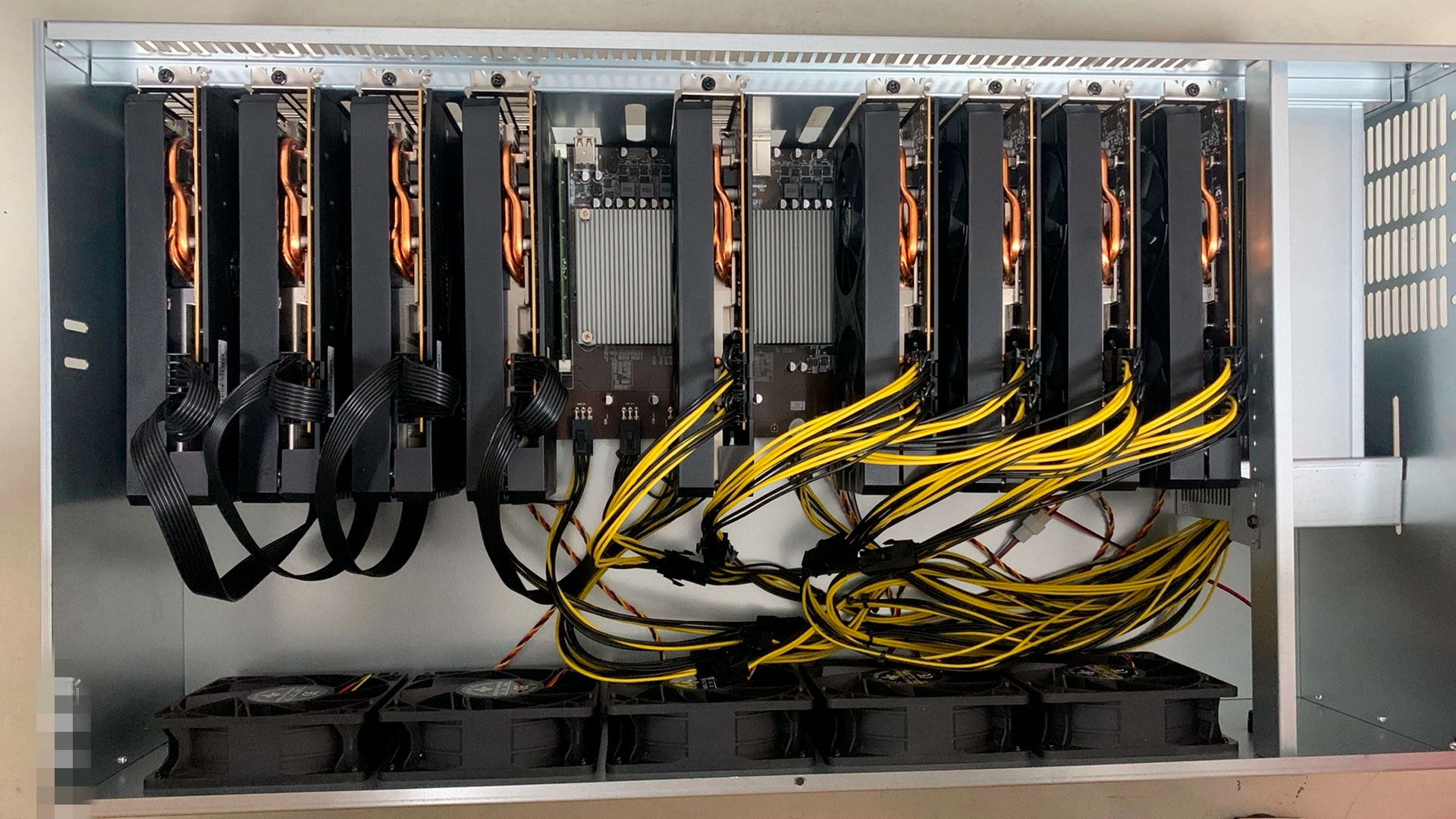
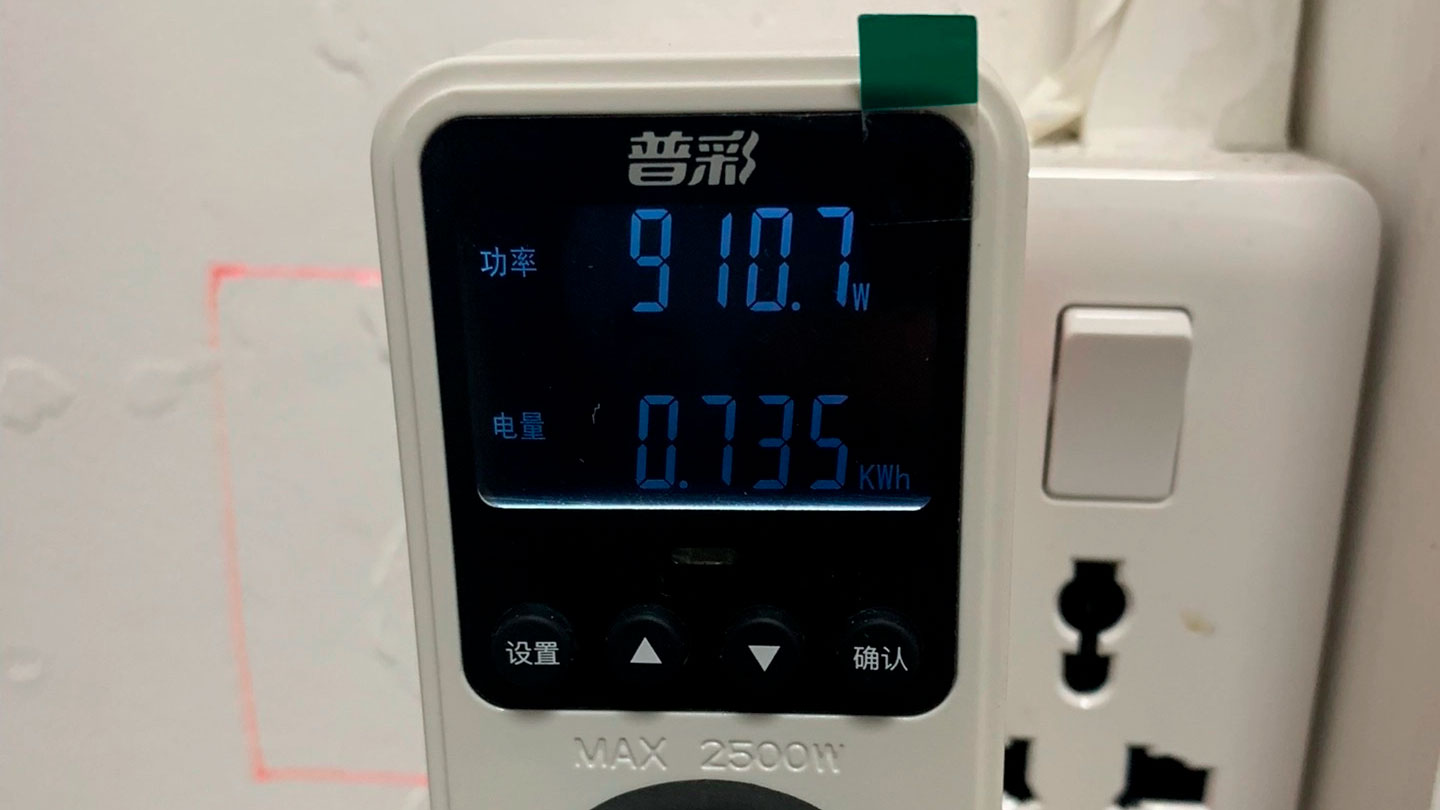
The modified GeForce RTX 3060 graphics cards sell for between $545 to $570 on the Chinese market, depending on how many units the buyer wants. They're cheaper than your regular GeForce RTX 3060, starting at $680 in the U.S. market, and they don't have the LHR lock. Unfortunately, the graphics cards won't offer excellent gaming performance since they have half the memory and a lower TDP than regular models. So instead, we're looking at the same performance of a GeForce RTX 3060 Mobile, but in a desktop form factor.
It's not the first time we've seen cryptocurrency miners using mobile graphics cards to do their bidding. When Ampere first dropped, Chinese miners were utilizing Ampere-based gaming laptops to mine, and it wasn't unusual to find laptop mining farms around China. However, turning a GeForce RTX 3060 Mobile into a desktop graphics card is easier on the pockets than buying a laptop, which is more likely to die sooner due to the demanding workload inside a thermally constrained laptop. Additionally, you can't scale with laptops as you can with desktop graphics cards.
These GeForce RTX 3060 graphics cards are only the tip of the iceberg. Rumor has it that the manufacturer behind the feat has given the GeForce RTX 3070 a similar treatment, although we haven't seen any recycled GeForce RTX 3070 Mobile in a desktop form on the Chinese market yet.

Zhiye Liu is a news editor, memory reviewer, and SSD tester at Tom’s Hardware. Although he loves everything that’s hardware, he has a soft spot for CPUs, GPUs, and RAM.